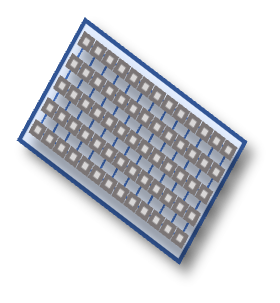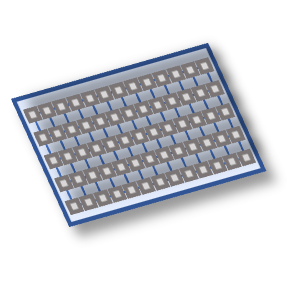The introduction of the mm-Wave spectrum into 5G NR promises to bring about unprecedented data throughput to future mobile wireless networks but comes with several challenges. Network densification has been proposed as a viable solution to increase RAN resilience, and the newly introduced IAB is considered a key enabling technology with compelling cost-reducing opportunities for such dense deployments. Reconfigurable Intelligent Surfaces (RIS) have recently gained extreme popularity as they can create Smart Radio Environments by EM wave manipulation and behave as inexpensive passive relays. However, it is not yet clear what role this technology can play in a large RAN deployment. With the scope of filling this gap, we study the blockage resilience of realistic mm-Wave RAN deployments that use IAB and RIS. The RAN layouts have been optimised by means of a novel mm-Wave planning tool based on MILP formulation. Numerical results show how adding RISs to IAB deployments can provide high blockage resistance levels while significantly reducing the overall network planning cost.
翻译:将mm-Wave频谱引入 5G NR 有望为未来的移动无线网络带来前所未有的数据输送量,但面临若干挑战。 网络密度已被提出,作为提高RAN抗御能力的可行解决方案,新推出的IAB被认为是一项关键的赋能技术,为如此密集的部署提供了令人信服的降低成本的机会。 重新配置的智能表面(RIS)最近受到极大欢迎,因为它们可以通过EM波操纵创造智能无线电环境,并表现为廉价的被动中继器。 然而,尚不清楚这一技术在大型RAN部署中能够发挥什么作用。 填补这一空白的范围,我们研究使用IAB和RIS的现实毫米-Wave RAN部署的阻力。 RAN布局通过基于MILP的新型毫米-Wave规划工具得到优化。 数字结果显示,将RIS添加到IAB部署中如何提供高阻力水平,同时大幅降低整个网络规划成本。













